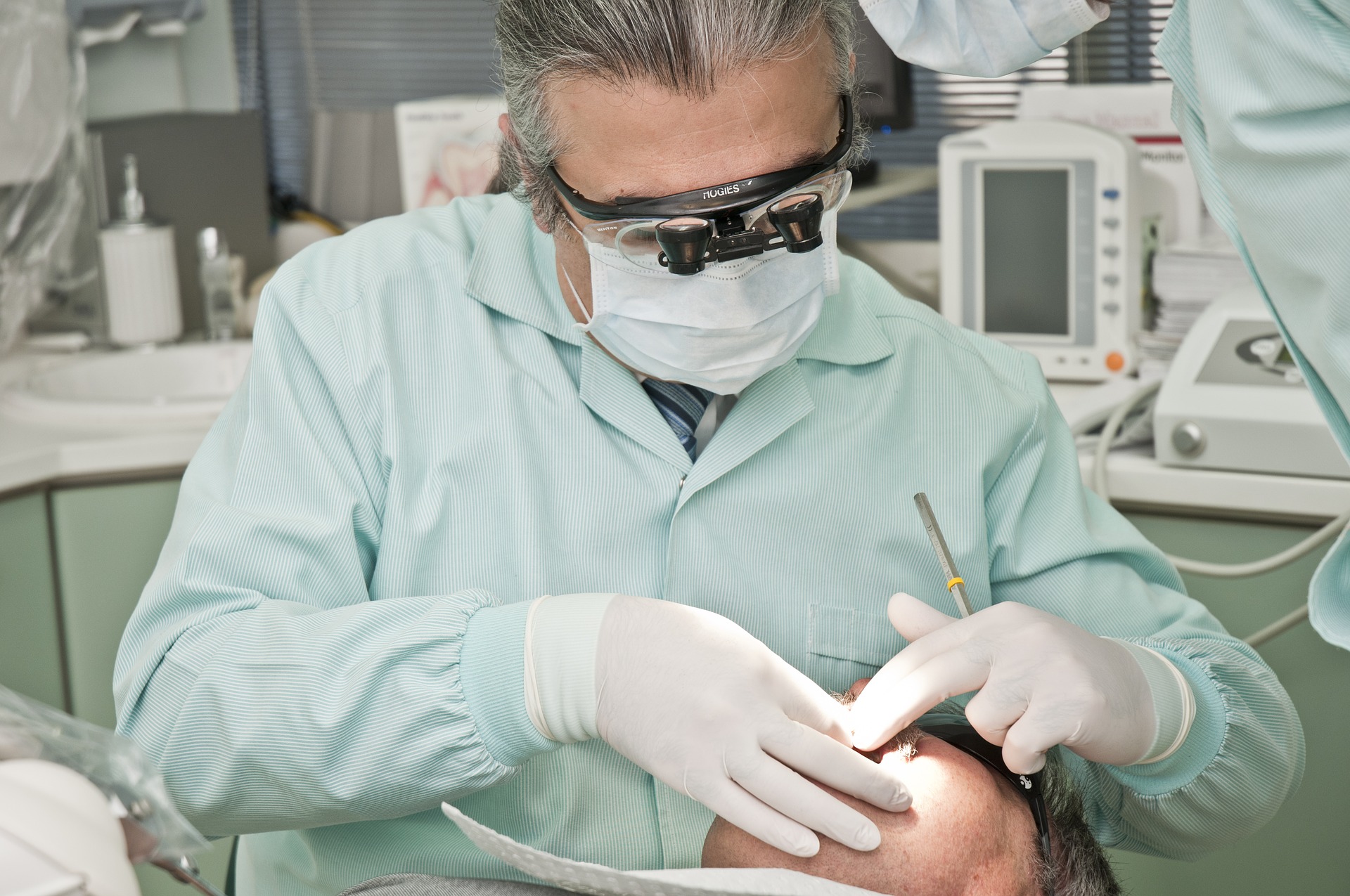Can I Pay Someone to Hug Me While I Cry? | Professional Cuddler Support
Can I Pay Someone to Hug Me While I Cry? | Professional Cuddler Support
Yes, you can pay someone to hug you while you cry. Professional cuddling is a service where trained professional cuddlers offer safe, platonic touch designed to nurture comfort, connection, and emotional healing.
In a cuddle session, a client may request holding, closeness, or simple human contact to release stress and feel better. Far from being weird, this practice has become an acceptable and natural thing for people seeking mental wellness, compassion, and safety when they whisper to themselves, “I need a hug.”
Why People Seek Professional Cuddling
Saying I’m vulnerable or I’ve been feeling lonely doesn’t have to carry shame. A professional cuddler like those trained in cuddle therapy provide an environment where a client can cry, relax, and feel better without judgment. This service is designed to nurture trust, enforce healthy boundaries, and offer the benefit of safe, consensual human contact.
Many people suspect it might feel strange to pay for a cuddle, but what’s okay is realizing it’s an acceptable, natural thing. We all crave affection and closeness, sometimes from a therapist, sometimes from a fellow human who simply understands the importance of touch.
What Happens in a Cuddle Session?
A cuddle session begins with clear communication. The professional cuddler and client discuss what’s okay, establish boundaries, and set an intention for the session. You can ask questions, suggest positions, or request holding that feels comfortable. Consent is mutual and enforced throughout.
The context may include lying side by side, sitting in a chair, or playing with different cuddle positions whatever helps build connection and lower emotional walls. The goal is always to provide a safe environment where compassion, honesty, and trust guide the interaction.
The Mental and Emotional Benefits
Cuddling is not just physical, it’s deeply therapeutic. Professional cuddlers provide platonic touch that nurtures mental health by helping regulate stress, reduce anxiety, and promote emotional healing. Crying in the arms of a professional cuddler can release built-up tension, lower danger signals in the brain, and genuinely help you feel better.
Clients often report surprise at how acceptable and natural this feels. The intention is not to replace romantic relationships but to create a wellness practice based on compassion, connection, and therapeutic effects.
Boundaries, Consent, and Safety
In professional cuddling, boundaries are essential. A professional cuddler enforces what’s okay and ensures that both client and cuddler feel safe at all times. Consent is never assumed it’s part of every touch, every position, and every moment of the session.
This structure provides emotional safety for clients who might be nervous about contact. It also eliminates shame by making clear that this is a professional service, built on training, trust, and respect. When walls come down in a safe space, healing can happen.
The Role of a Cuddle Therapist
A cuddle therapist isn’t a licensed counselor, but they are trained in communication, boundary-setting, and the therapeutic effects of human contact. They offer clients comfort, closeness, and compassion while maintaining professional standards.
By providing physical presence and affection without romance, professional cuddlers create an honest, mutual environment. This allows people to connect, regulate their emotions, and feel better in ways that traditional talk therapy alone might not provide.
Is It Weird to Pay for a Hug?
At first, you might suspect that paying for affection is strange. But people are paying for wellness services every day massage, therapy, yoga all designed to help them feel better. Professional cuddling fits naturally in this context.
Clients often admit, “I’m surprised at how comfortable it was,” or, “I’ve never felt so safe being vulnerable.” This honesty highlights that cuddle therapy is an acceptable, compassionate way to receive the touch and care humans genuinely need.
The Intention Behind Cuddle Therapy
Cuddle therapy is about healing through connection. It’s not about romance, but about nurturing the emotional self. With trained professional cuddlers guiding the process, each session provides clarity, compassion, and closeness. The benefit lies in knowing you can cry, play, or lie in someone’s arms without danger, shame, or judgment.
The intention is simple: to provide a therapeutic environment where clients can feel safe, honest, and deeply cared for. When human contact is offered in this way, the result is not weird, it’s profoundly healing.
Find Comfort and Healing with Embrace Club
If you’ve ever whispered I need a hug and wished for a safe place to be held, Embrace Club is here for you. Our community believes in the therapeutic power of connection, compassion, and platonic touch. Explore how our cuddle therapy sessions can help you release stress, reduce loneliness, and nurture emotional well-being. Get information about our services and discover how healing begins with a hug.

Embrace Club
80 Monroe St, Brooklyn, NY 11216
(718) 755-8947





